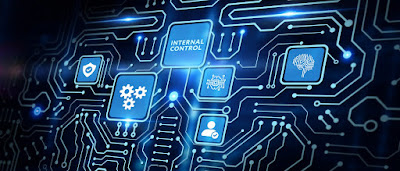Minimize business disruption: ISO 22301 training helps organizations minimize the impact of unexpected events on their operations and ensure their critical functions continue without interruption.
Meet regulatory requirements: Many industries have specific regulations and standards that require organizations to have a BCMS in place. ISO 22301 BCMS training can help organizations meet these requirements and avoid penalties.
Improve crisis management: ISO 22301 BCMS training provides organizations with the tools and knowledge they need to effectively manage crises and minimize the impact on their operations.
Enhance reputation: By implementing a BCMS and demonstrating a commitment to business continuity, organizations can enhance their reputation and gain the trust of customers, partners, and stakeholders.
Increase efficiency: ISO 22301 BCMS training helps organizations identify their critical processes and systems, which can lead to increased efficiency and improved business operations.
Foster a culture of preparedness: ISO 22301 BCMS training helps organizations foster a culture of preparedness, where employees understand the importance of business continuity and are trained to respond to unexpected events.
Ensure compliance: ISO 22301 BCMS training helps organizations ensure their BCMS is in compliance with the international standard, which can help to increase efficiency, reduce costs, and improve overall performance.
ISO 27001 is a widely recognized international standard for information security management systems (ISMS). It outlines a systematic approach to managing sensitive information, including data protection and confidentiality, ensuring that an organization's information is secure and protected against threats such as cyber-attacks, data breaches, and unauthorized access. ISO 27001 training provides individuals and organizations with the knowledge and skills needed to implement and maintain an effective ISMS.

Comments
Post a Comment